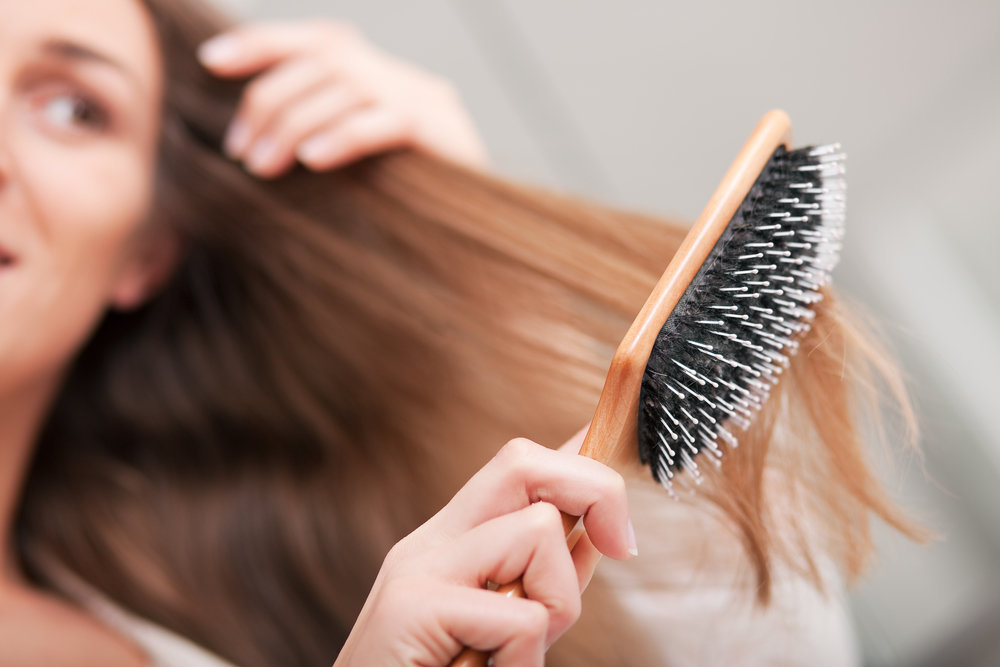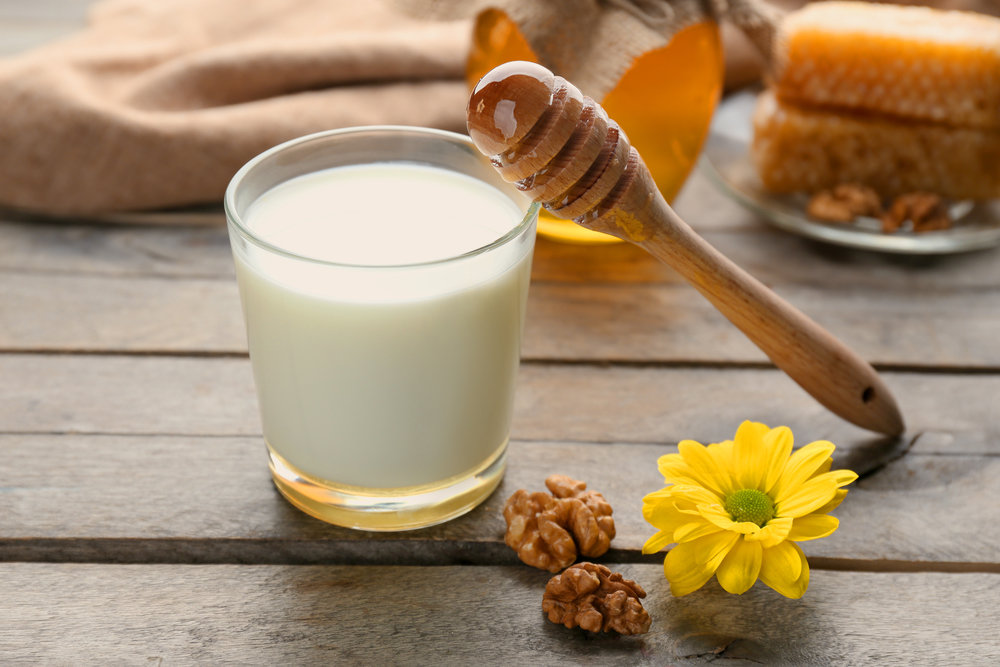Humans have been primping and polishing themselves long before Kylie Cosmetics and Clarisonics were a thing. While we often feel like our current beauty standards can be pretty absurd at times, just imagine them 20, even hundreds of years ago. TLDR: Our quest for "beauty" has always been pretty insane. In some cases, the phrase "beauty is pain" is agonizingly true.
From all around the world and throughout history, people have been doing things to "improve" their appearance, ranging from the natural, like with rose water, to the less-natural, like radioactive cosmetics. If only we could go back in time to be like, "Girl, no! That'll burn the face off."
Also, can we hand it to Cleopatra for having some pretty great skincare tips for the most part? If she were around today, she'd most definitely have a beauty blog.
We have to admit, it's pretty fascinating to see how beauty standards have changed over time. Although today, we laugh (or cringe now that we know what most chemicals can do to our bods) at some people's attempts at becoming a more "beautiful" version of themselves, we can only wonder what people will be saying about our current standards of beauty in 100 years.
Read on for a history of beauty tips, tricks, and routines.

White lead

In order to have a fair complexion, English nobles, like Queen Elizabeth I, would use lead makeup to whiten their faces, or in the Queen's case, to cover smallpox scars. Called Venetian ceruse, makeup was a mixture of lead and vinegar, and over time, it would cause skin discoloring and hair loss because, you know, lead.
Lead eyeliner

Ancient Egyptians are known for once lining their eyes with dark lead under the belief that it protected against eye diseases. However, as we all know now, such lead exposure would have caused long-term problems ranging from cataracts, brain damage, and miscarriages.
More from CafeMom: 10 Popular Beauty Products With Pretty Ugly Side Effects
The first mascara

In 1917, Eugene Rimmel and T.L. Williams created the first modern mascara using coal dust and Vaseline (which was patented in 1872) after watching Rimmel's younger sister darken her lashes with the two. It was known as "cake" mascara, and you would rub a damp brush on soap and black dye and then apply it to your lashes.
More from CafeMom: 10 Ways to Use Mascara Wands You Probably Never Thought Of
Audrey Hepburn's lash trick

Actress Audrey Hepburn, most known for her big doe eyes, used to separate each and every eyelash with a legit pin. Not only was this process a tedious one, but there's also ample opportunity for you to stab your eye out. You might want to grab an eyelash comb instead.
This uncomfy-looking 'Dimple Machine'
In 1936, Isabella Gilbert invented a metal contraption meant to give you dimples. All you had to do was strap this baby on your face and then somehow fall asleep. Then you'd supposedly wake up with dimples on your face.
The 100-stroke hair brush session

It was an old wives' tale that brushing your hair with 100 strokes would make your hair healthier and more lustrous. But now we know that excessive brushing, past distributing oils and getting rid of tangles, can cause breakage.
Plucking hairlines

Back in medieval times, foreheads were considered one of the most beautiful part of a woman. So ladies would pluck their eyelashes, hairlines, and eyelashes to achieve a larger forehead. Ouch.
More from CafeMom: 18 Cringeworthy Fashion Accessories From the '80s
Milk and honey

Cleopatra was rumored to have bathed in a luxurious combo of milk, honey, and olive oil. These ingredients are still commonly found in many spa treatments, because they actually have tons of benefits for your skin, like antimicrobial properties, which cleanses your skin, and alpha-hydroxy acid, which gets rid of dead skin cells.
Lipstick and insects
In 1915, Maurice Levy created the first modern form of lipstick, which we know as the lipstick in the sliding metal tube. At the time of this, the common recipe included crushed insects, beeswax, and olive oil. If you can guess, the lipsticks would become rancid a few hours following application. Plus, many lipsticks also had toxic chemicals, so there was that.
Hanging upside down

Fannie Ward, an actress who lived from 1872 to 1952, used to hang upside down for a half an hour in order to keep looking youthful.
Radioactive beauty products
These days, seeing that a beauty product is radioactive would probably make us drop that thing and run, but in the 1930s, there was actually a line called Tho-radia. The French beauty brand had thorium chloride and radium bromide, which was thought to give women better skin.
Rose water

In the Middle East and in ancient Egypt, rose water was been popularly used for its rejuvenating qualities, dermatologist Kally Papantoniou told Bustle. But it really does have hydrating and cleansing properties, and can be found in a variety of products today. Plus it smells really nice, and sounds pretty, so win-win-win.




